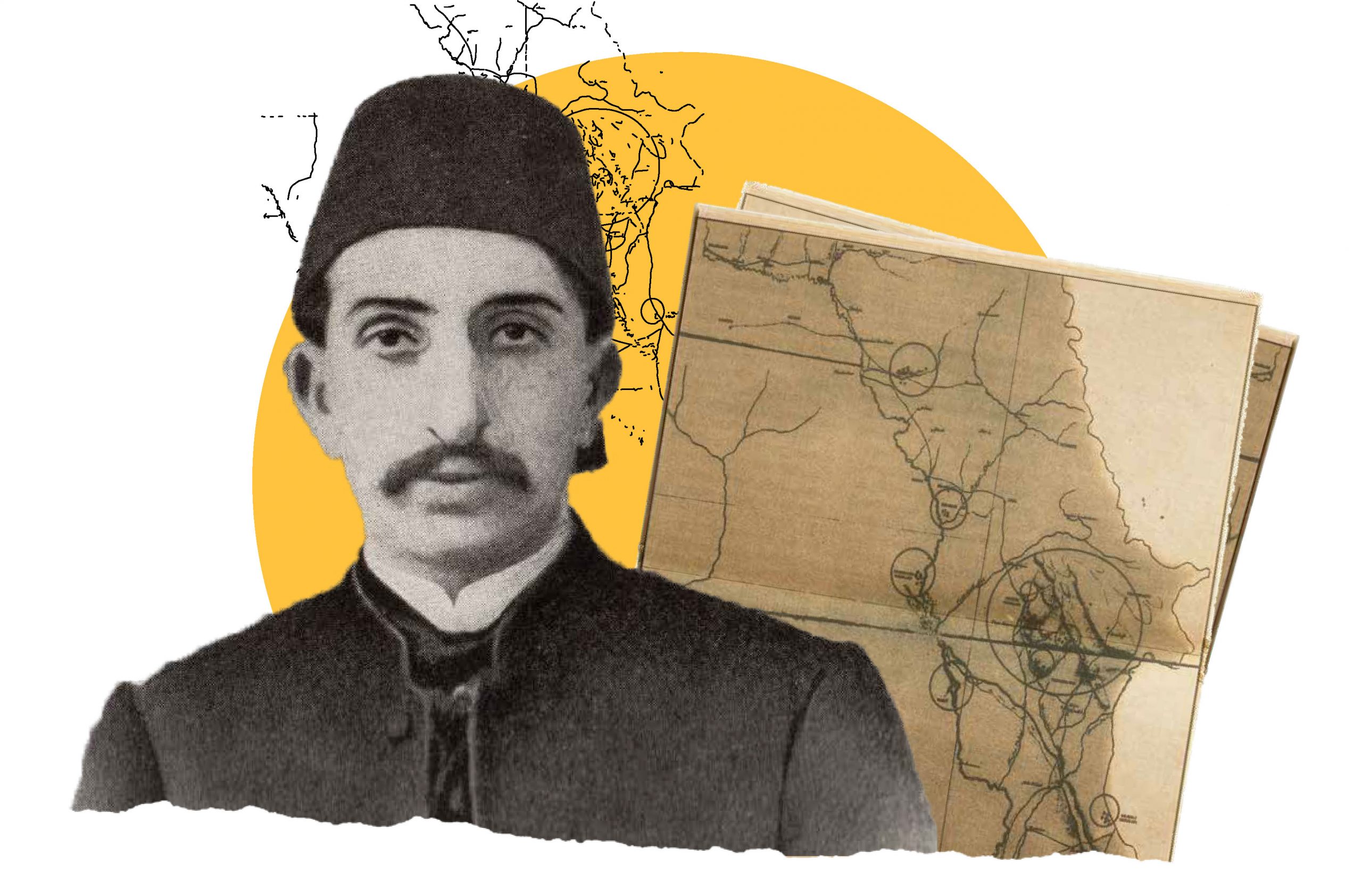
After he had forged documents and changed maps
Abdul Hamid II The Sultan
who stole Iraq's oil
He brought in engineers with his own money and tried to own the oil wells.

In 1901, Paul Graskov and Habib Najib Effendi were commissioned directly by Abdul Hamid to discover and control the fields. Realistically, oil exploration began in 1885. At that time, the Ottoman engineer Aref Pasha presented a preliminary report on the fields expected to be discovered in Iraq; in Baghdad and Mosul, and identified them on the map prepared specifically for that, and the report included an indication of the locations of sulfur, dyes and salts with the oil fields. The report confirmed the abundance of oil in the region, which prompted Abdul Hamid to issue a decision to include exploration and operation concessions for oil in Mosul to his personal account.
Abdul Hamid was also forced to buy all the lands in which he discovered oil from his personal accounts, and he invited foreign experts in oil and mining to carry out exploration operations. The French expert Émile Jacraz was one of those who agreed to come and was appointed as chief engineer. At that time, the Iraqi fields were not included in Abdul Hamid’s properties. Jacraz submitted a report on oil in Baghdad, and he also conducted studies on oil in Mosul and Kirkuk. In 1895, Jacraz had finished his final conception of Iraqi oil, made recommendations about the rich oil sites and how to deal with them in an optimal manner, as well as an overview of the expected costs of investing in oil extraction, and the factories that could be established for that. It was stated in Jacraz’s report and his recommendations that the exploration concessions in Baghdad belong to the treasury of Abdul Hamid II, and accordingly work began in this light in Baghdad and Mosul.
After Jacraz, the German engineer Graskov came in 1900 to employ his experience in exploration and mining, and he received a high salary by the standards of the time. This was during the period when the Ottoman-German rapprochement increased. Graskov worked on his exploration mission by examining the oil fields in Baghdad and Mosul. He made oil inspections with the Ottoman engineer Habib Najib Effendi, especially in the locations where it was difficult to work according to the expectations. They prepared a joint report stating that the fields in Baghdad and Mosul enjoy very high oil abundance, and they extracted a number of samples that they sent for examination in Istanbul, which were proved as being rich in crude oil materials, which are among the most suitable types of oil suitable for operation. At the end of 1901, Graskov presented a report that included an updated map of the locations of the expected oil wells in Iraq. He indicated in his report that what is expected to be extracted from crude oil will be very attractive from the material side, considering that it is one of the most oil-producing resources in the world.
He marked 65 oil wells as villages on the Iraqi map.



1) Muhammad Hadid, My diaries: The Struggle for Democracy in Iraq (Beirut: Dar Al-Saqi, 2005).
2) Shukri Nadim, Iraq in the Era of Ottoman Domination: Conditionality Phase II 1918-1908 (Baghdad: Dar Degla, 2008).
3) Ibrahim Khalil Ahmad, History of the Arab Nation in the Ottoman Era 1916-1516 (Mosul: Dar al-Kutub, 1986).
4) Hekmat Sami Suleiman, Iraq Oil (Baghdad: Dar Al-Rashid, 1979).

